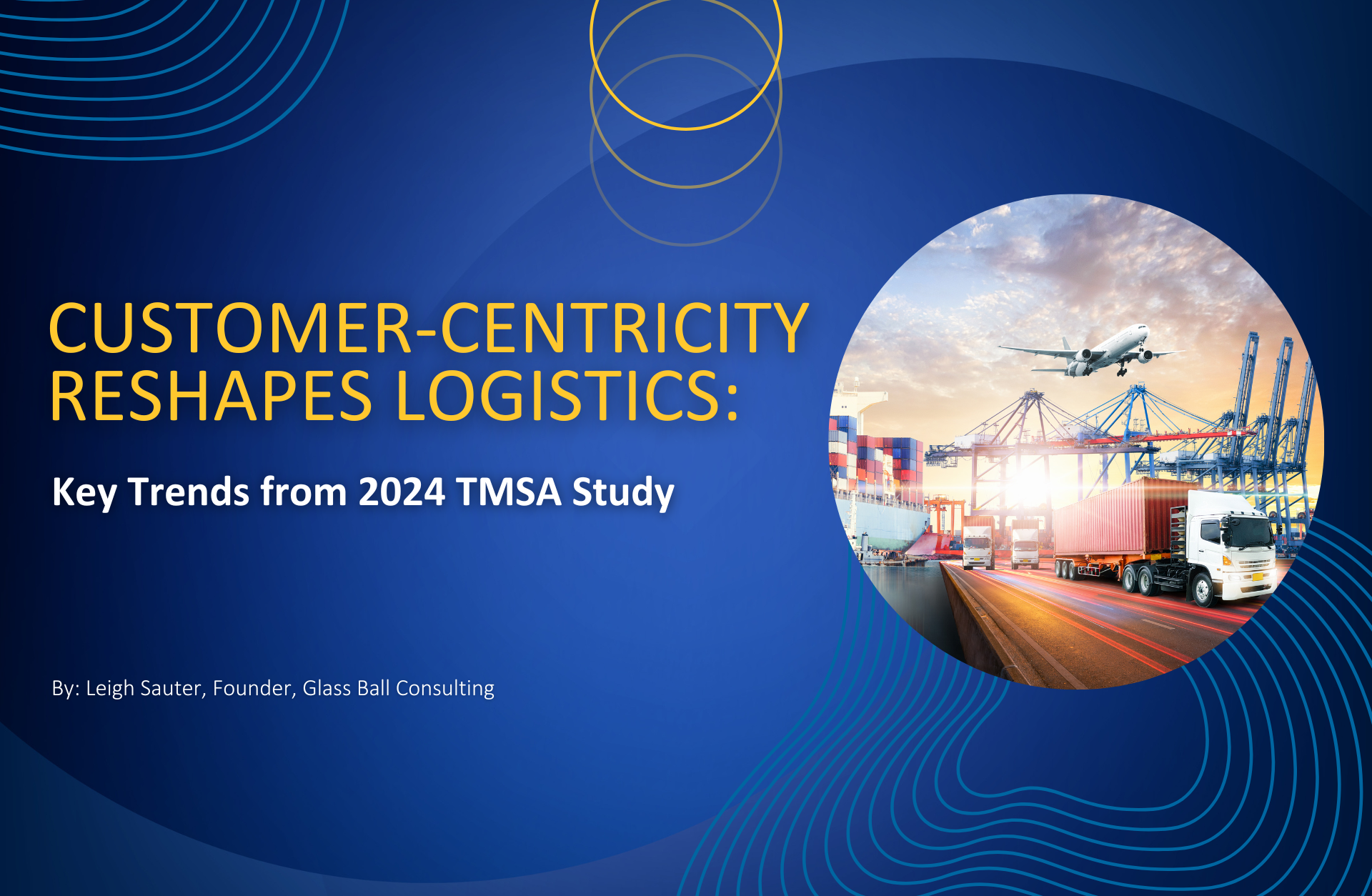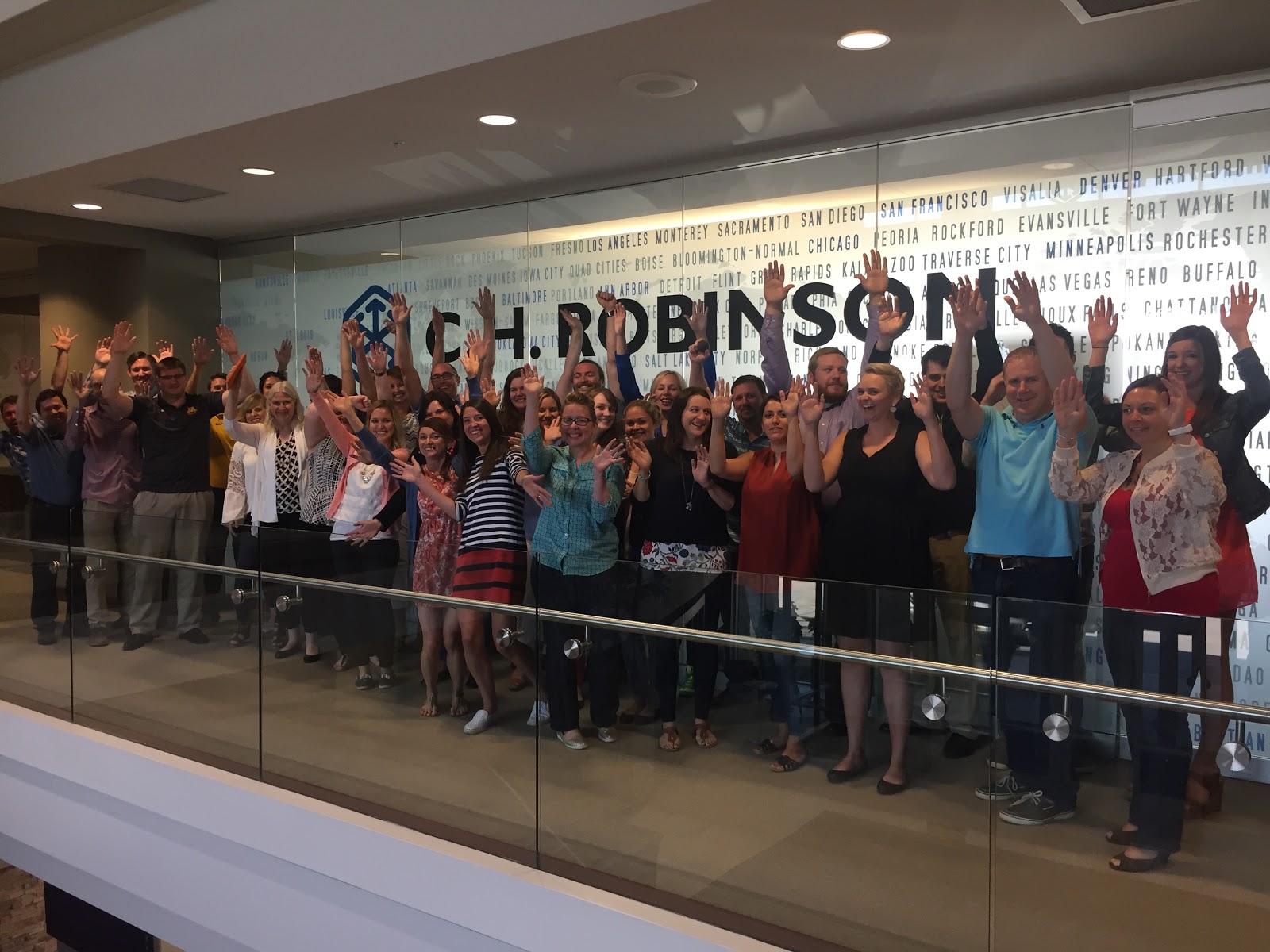
Written By: Leigh Sauter | Nov 5, 2024 3:40:22 PM
The 2024 TMSA Marketing & Sales Metrics Study has dropped, and it's clear that the logistics industry is undergoing a seismic shift. Gone are the days when price alone could win or lose business. Today's successful logistics companies are those that truly understand and adapt to their customers' evolving needs. Let's dive into the key findings and what they mean for our industry.
Looking for the full report? TMSA Members can sign into their account in the TMSA Member Portal. Not a member? Join here: bit.ly/TMSANewMember
One of the most surprising revelations from the study is that cultural fit has emerged as the leading factor (36%) in converting Marketing Qualified Leads (MQLs) to Sales Qualified Leads (SQLs). In an industry often focused on capabilities and price, this insight is a game-changer.
What does this mean for logistics companies? It's time to look beyond your service offerings and dig deep into your organization's values, communication style, and long-term vision. Customers aren't just looking for a service provider; they're seeking long-term partners who align with their own organizational culture.
To leverage this trend:
Another startling statistic: only 39% of organizations have a formal customer experience (CX) or service review strategy in place. In an era where customer expectations are rapidly evolving, this lack of structured approach is a significant risk.
Without a formal CX strategy, companies are essentially leaving their customer relationships to chance. In today's competitive landscape, that's a gamble few can afford to take.
To address this:
The study revealed a significant oversight in how companies approach growth. Customer referrals, referrals from other consultants, and marketing each contribute less than 25% to the overall sales pipeline for 26-28% of companies. This indicates a massive underutilization of existing customer relationships.
Given that acquiring a new customer costs five times more than retaining an existing one, this oversight represents a substantial missed opportunity.
To tap into this potential:
Perhaps the most striking shift revealed in the study is in the reasons for lost business. In 2022, price was the primary driver, accounting for 48% of lost business. Fast forward to 2024, and the landscape has changed dramatically. Now, the inability to grow with customer needs (45%) and meet comprehensive needs (41%) are the top reasons for customer churn.
This shift underscores a fundamental change in how shippers view logistics providers. We're no longer just moving freight; our customers are expecting us to be their problem-solving partner, capable of adapting to their evolving needs.
To meet this challenge:
Bottom line: Success in logistics now depends on understanding customers deeply, aligning with their culture, and growing alongside them. Companies embracing this customer-centric approach will thrive in 2024 and beyond. Those who continue to rely on outdated, transactional models risk being left behind in an industry that changes daily.
As we navigate this new landscape, the question isn't just "Can we move this freight?" but "Can we grow and adapt with our customers?" The companies that can answer with a resounding "yes" are the ones that will thrive in 2024 and beyond.
About the Author:
Leigh Sauter founded Glass Ball Consulting to help businesses thrive from the inside out. With over 15 years of experience, she excels at identifying hidden tensions between teams and crafting solutions to bring them together.
Tags: Strategy, Business, Industry, TMSA, Customer Service (CX), Customer Experience (CX)

By Brian Everett, CEO of the Transportation Marketing & Sales Association When you think about the four phases of the Buyer’s Journey (Attract Suspects and Prospects, Convert Leads, Close and Retain...

A member of TMSA, Mark Derks also is Director of Global Marketing at C.H. Robinson, one of the world’s biggest third-party logistics providers — think trucking, railroads, air freight, and ocean...